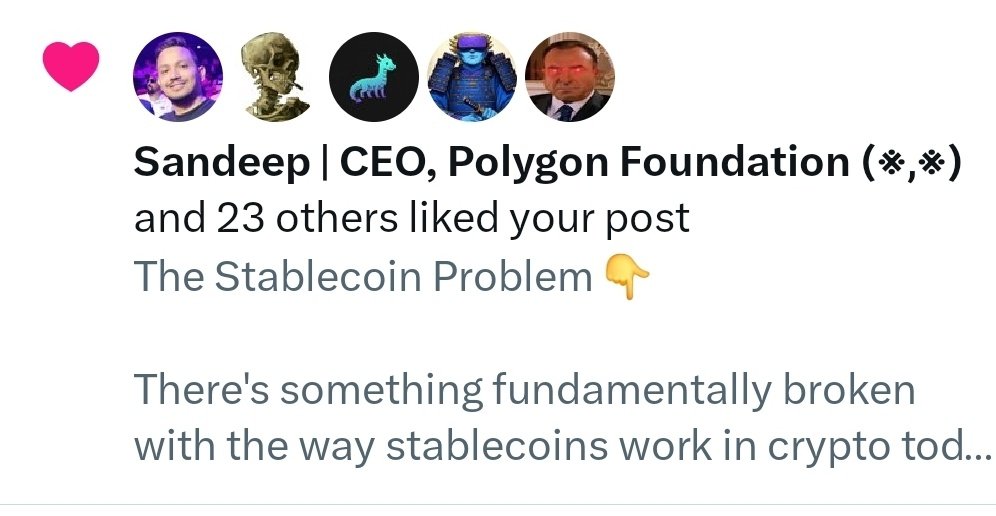
SushiSwap Kurs

SUSHI-Emittentenrisiko
Haftungsausschluss
OKX gibt keine Anlage- oder Vermögensempfehlungen. Du solltest gut abwägen, ob der Handel und das Halten von digitalen Assets angesichts deiner finanziellen Situation sinnvoll ist. Bei Fragen zu deiner individuellen Situation wende dich bitte an deinen Rechts-/Steuer- oder Anlagenexperten. Weitere Einzelheiten findest du in unseren Nutzungsbedingungen und der Risikowarnung. Durch die Nutzung der Website eines Drittanbieters („TPW“) akzeptieren Sie, dass jegliche Nutzung der TPW den Bedingungen der TPW unterliegt. Sofern nicht ausdrücklich schriftlich angegeben, steht OKX einschließlich seiner verbundenen Unternehmen („OKX“) in keinerlei Verbindung zum Eigentümer oder Betreiber der TPW. Sie stimmen zu, dass OKX nicht für Verluste, Schäden oder sonstige Folgen haftet, die sich aus Ihrer Nutzung der TPW ergeben. Bitte beachte, dass die Nutzung einer TPW zu einem Verlust oder einer Minderung deiner Assets führen kann. Das Produkt ist möglicherweise nicht in allen Ländern verfügbar.
Marktinformationen zu SushiSwap
Marktkapitalisierung = Umlaufmenge × letzter Preis

Verfolgen Sie den Solana-Kurs-Chart, um Marktentwicklungen in Echtzeit zu analysieren.
SushiSwap-Feed















USD in SUSHI umtauschen


SushiSwap Preisentwicklung in USD
Beliebte SushiSwap-Konvertierungen
| 1 SUSHI in USD | 0,54510 $ |
| 1 SUSHI in EUR | 0,47425 € |
| 1 SUSHI in PHP | 31,4049 ₱ |
| 1 SUSHI in IDR | 8.989,12 Rp |
| 1 SUSHI in GBP | 0,40627 £ |
| 1 SUSHI in CAD | 0,75035 $ |
| 1 SUSHI in AED | 2,0019 AED |
| 1 SUSHI in VND | 14.265,90 ₫ |
Über SushiSwap (SUSHI)
- Offizielle Website
- Github
- Block Explorer
Häufig gestellte Fragen zum SushiSwap-Preis
Zu den gemeinsamen Faktoren zählen die Marktnachfrage- und Angebotsdynamik, die allgemeine Stimmung gegenüber Kryptowährungen, das Handelsvolumen an Börsen, Entwicklungen und Aktualisierungen im Zusammenhang mit der SushiSwap-Plattform, Partnerschaften, behördliche Ankündigungen und allgemeinere Markttrends.
Mit SushiSwap gibt es mehrere Möglichkeiten, potenziell Belohnungen zu generieren. Eine Methode besteht darin, den Liquiditätspools der Plattform Liquidität bereitzustellen und so einen Teil der von SushiSwap-Benutzern generierten Handelsgebühren zu verdienen. Alternativ können Benutzer am Yield Farming teilnehmen, bei dem sie ihr Vermögen einsetzen, um zusätzliche Token als Belohnung zu erhalten.
Kaufen Sie ganz einfach SUSHI-Token auf der OKX-Kryptowährungsplattform. Zu den verfügbaren Handelspaaren im OKX-Spot-Handelsterminal gehörenSUSHI/USDTundSUSHI/USDC.
Sie können SUSHI auch mit über 99 Fiat-Währungen kaufen, indem Sie „Express-KaufOption. Andere beliebte Krypto-Token, wie z. B.Bitcoin (BTC),Ethereum (ETH),Tether (USDT)undUSD Coin (USDC), sind auch verfügbar.
Darüber hinaus können Sie Ihre vorhandenen Kryptowährungen tauschen, einschließlichXRP (XRP),Cardano (ADA),Solana (SOL)undChainlink (LINK), für SUSHI ohne Gebühren und ohne Preis-Slippage durch NutzungOKX Konvertieren.
Um die geschätzten Echtzeit-Konvertierungspreise zwischen Fiat-Währungen wie USD, EUR, GBP und anderen in SUSHI anzuzeigen, besuchen SieKrypto-Konverter-Rechner von OKX. Die Krypto-Börse mit hoher Liquidität von OKX gewährleistet die besten Preise für Ihre Kryptokäufe.
ESG-Offenlegung
USD in SUSHI umtauschen














